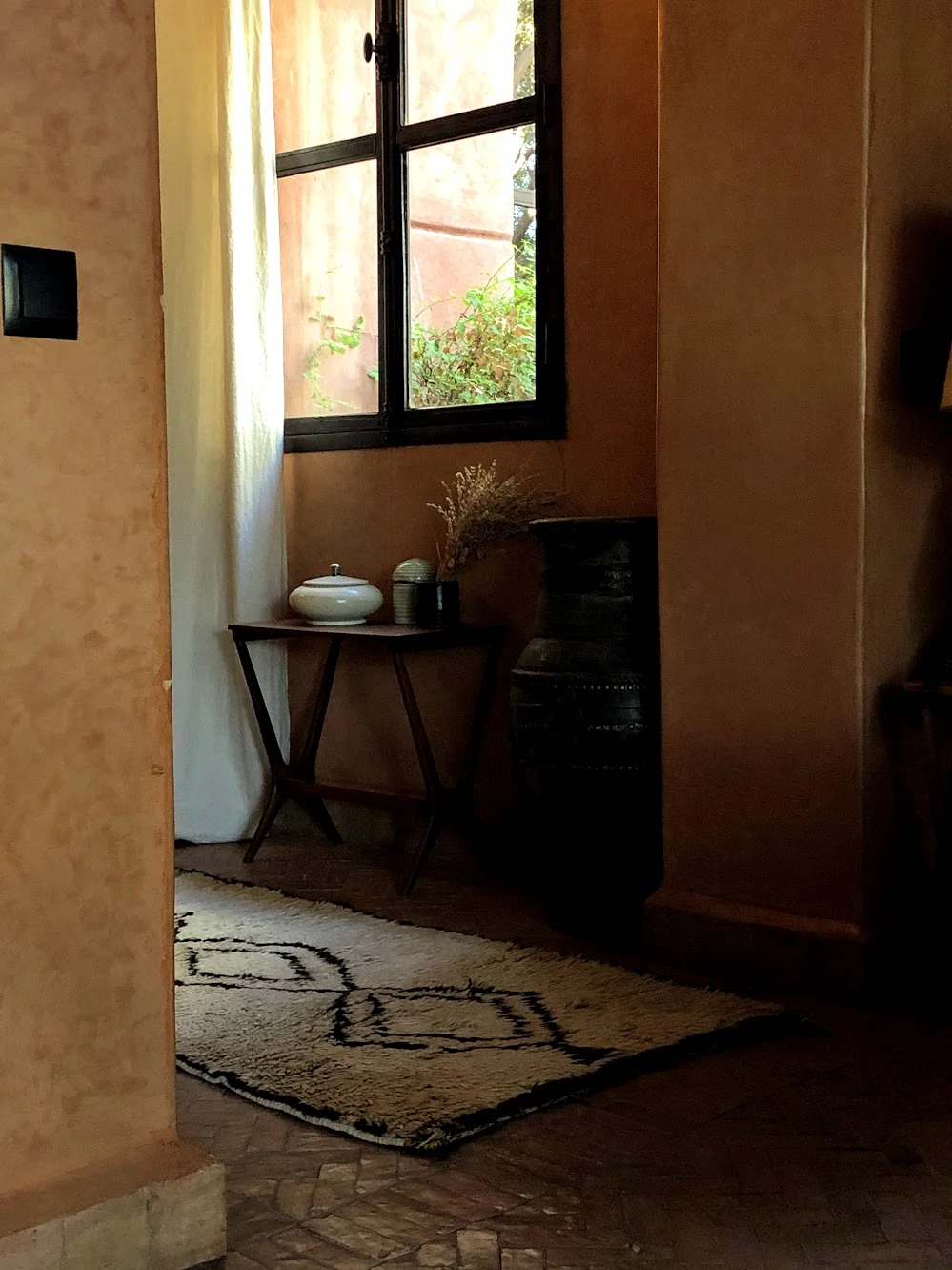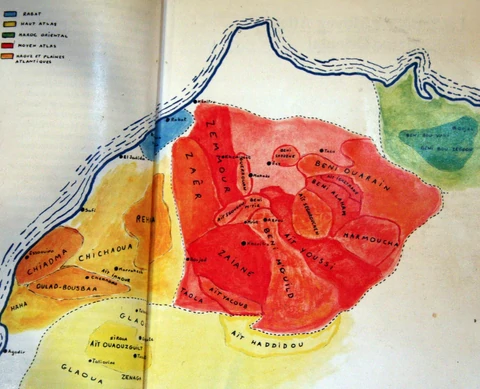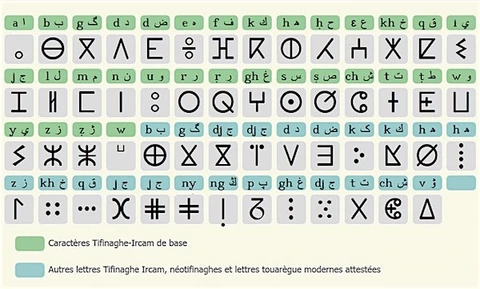
About carpets and language

In researching and then sourcing rugs in Morocco, the most obvious thing became the many translations involved for the terms. At first, our buying and research teams were obsessed with understanding each piece as well as we could, "What does this symbol mean?" We'd ask, "What is this rug called?" What we have learned over time is that the answers are often not accurate or definitive, or that they shift dramatically from one language or intention to another.
Berber craftsmen widely known as rug weavers by the name of the Berbers, a name derived from the Berber language Barbarus, the Latin word for barbarian, or Barbaros, called in Greek, "bar-bar" a meaningless term in Greek, this term was a phonetic spelling of what the languages sound like An unknown (i.e., non-Greek) alien to Greek ears, it was used by the Romans to refer to anyone who spoke a language they didn't understand: Gauls, Celts, Germans, everyone else...and maybe everyone.

Illustrated map of Berber groups (source unknown)
The term Berber refers to the indigenous people of North Africa, who call themselves the Berbers, or the Amazigh people, meaning "free" and "noble" in their dialect, but primarily, the Berbers identify themselves by the name of their individual group or region. Like Beni Ouarine, Ait is a Berber word meaning "people", Beni referring to "son", the next word - Bou Chaouen, Ouren, Mughild. Refers to the place where people lived, or the name of the ancestor.
Berbers speak one of three main dialects: Tarifit in the north, Tamazight in the Middle Atlas, and Taselhit in the High Atlas and Small Atlas.
These dialects refer to oral rather than written languages. Phonetic explanations explain why there are multiple spellings of the same name, and there is no "correct" way: Orin is also Warin, and Zayan is Zayan.

The Amazigh alphabet is called Tifinagh
There is also a visual component that requires a flexible understanding of what we see differently, with translation, whether in text or tapestry, some incomprehensible, some unknown, or better than explained, the appeal of these rugs, carefully crafted and managed to stay on Alive for decades, as unique as pattern or colour, each piece carries with it a hint of the hidden layers of unknown language, it is the weaver's secret.
[Translated by adaptation from revivalrugs.com ]
Share

































